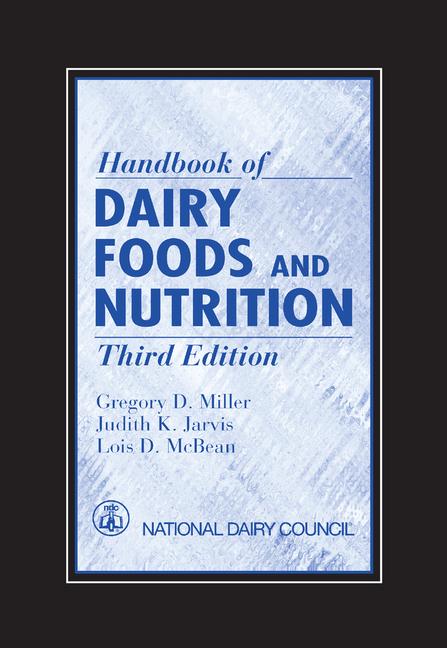How to estimate the shelf life of fluid milk
The critical factor is the generation time of any bacteria that may be in the product

The shelf life of milk is the number of days it retains a desirable taste flavor when held at refrigerated temperatures. Temperature is critical to maximize shelf life. While the legal maximum at which pasteurized fluid milk may be held is 45 degrees Fahrenheit, it should be held below 40 degrees Fahrenheit to increase shelf life.
The generation time of any bacteria that may be in the product is critical. Bacteria that can grow at refrigerated temperatures, called “psychrotrophs,” are bacteria capable of rapid growth at refrigeration temperatures. They will grow faster as the temperature is increased.
Both Gram-negative and Gram-positive bacteria are commonly found in milk. Gram-negative bacteria (e.g., Pseudomonas) are common contaminants that cause off-flavors in the finished product. Since these bacteria normally do not survive pasteurization, their presence in milk may indicate inadequately cleaned equipment on the pasteurized side.
Conversely, Gram-positive spore formers likely come from raw milk. The spore-forming members of the Gram positives (e.g., Bacillus, Paenibacillus, etc.) are thought to be a problem with milk with a longer end-of-code (EOC) date.
Some options for testing milk to help estimate the approximate shelf life include:
- Stress Tests: Stress the product in an unopened finished product container at 21 degrees Celsius for 18 hours and then plate for standard plate count. In 17th Ed., Standard Methods for the Examination of Dairy Products, 2004, the preliminary incubation count for processed milk also involves incubation at 21 degrees Celsius for 18 hours using 10 milliliters of milk in a sterile test tube.
- HR-2 Test: This is a color-change test. A reagent is added to milk in a 2-ounce vial and incubated at 21 degrees Celsius. Color changes are used to estimate shelf life. A color change at 24 or 36 hours indicates poor shelf life.
- Moseley Test: Freshly bottled product is held at 45 degrees Fahrenheit (7 degrees Celsius) for seven days and plated for SPC. The only disadvantage to this test is the nine days required for results.
The off-flavors that can occasionally be noted in milk can also help to find the root cause. Some of these off-flavors and their probable causes are high acid/sour (probably raw milk), malty (raw milk), fruity (equipment cleaning/pasteurized side), unclean (both raw milk and cleaning), strong feed or onion (raw milk), bitter (both raw milk and cleaning), residual sanitizer and cleaner, oxidized (when “definite,” can hurt fluid milk sales), rancid (probably raw milk), lacks freshness/stale (probably equipment), strong cooked (pasteurization process defect) and flat/water (processing).
Many factors can affect the shelf life of fluid milk, including cleaning or sanitizer problems, storage temperatures, good manufacturing practices, packaging, compressed air, cross-contamination, raw-milk supply, traffic in processing and bottling areas, and pasteurization procedures. If these factors are controlled, shelf life should increase.
Monitoring and increasing shelf life requires a good sensory evaluation program. Key areas for sensory evaluation in a dairy processing plant include raw milk (sniff test at lid on tanker dome), line samples, finished product (immediately after bottling) and any shelf-life estimation tests.
Finally, action must be taken when shelf life is not where it should be. Keep appropriate associates informed and watch for trends regarding shelf life as a proactive step to identify developing issues.
Looking for a reprint of this article?
From high-res PDFs to custom plaques, order your copy today!








